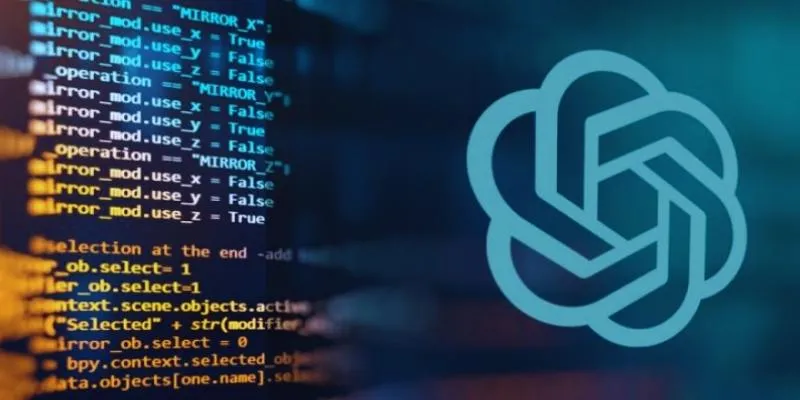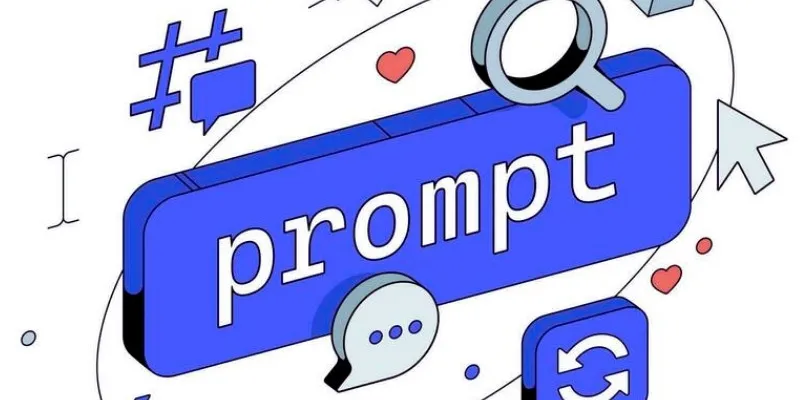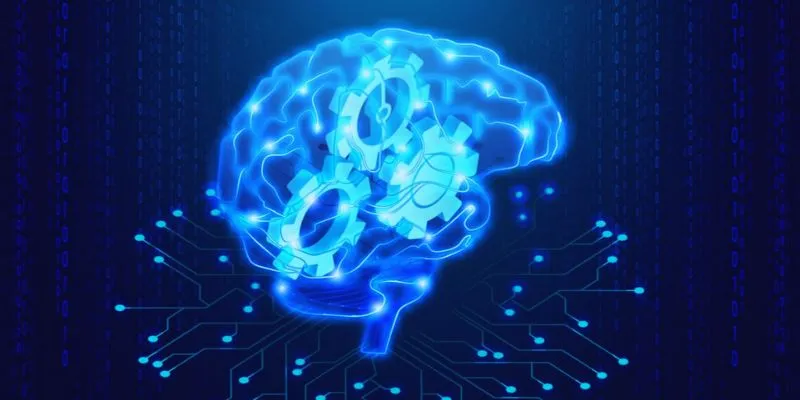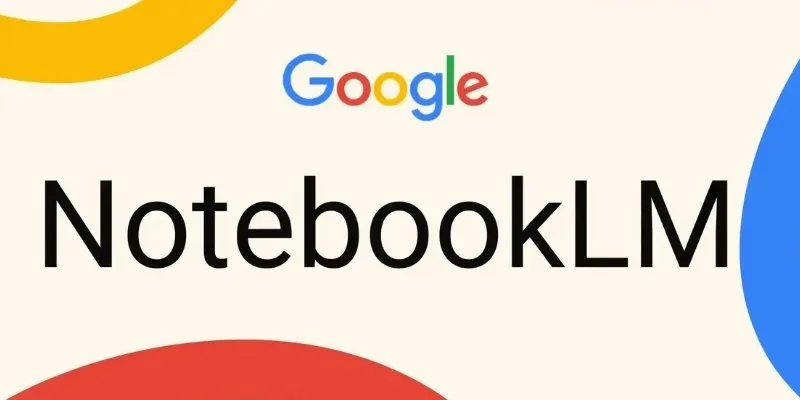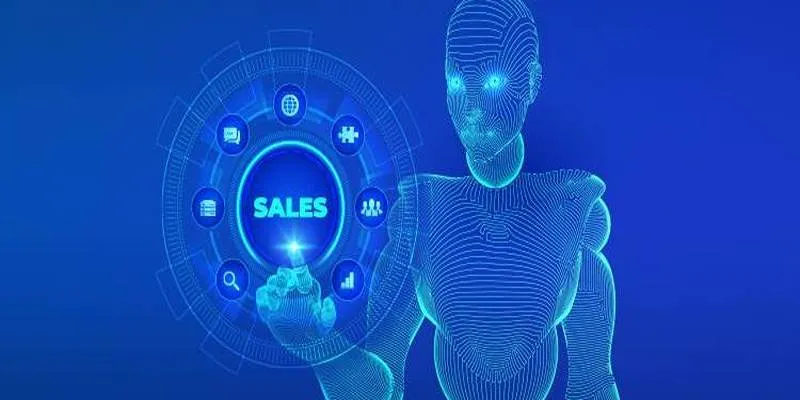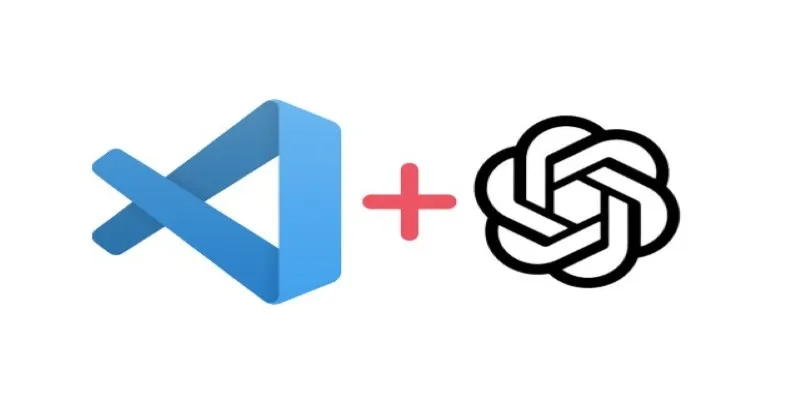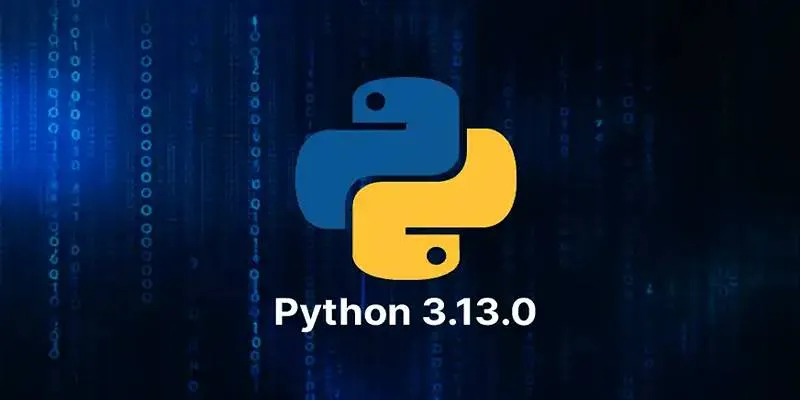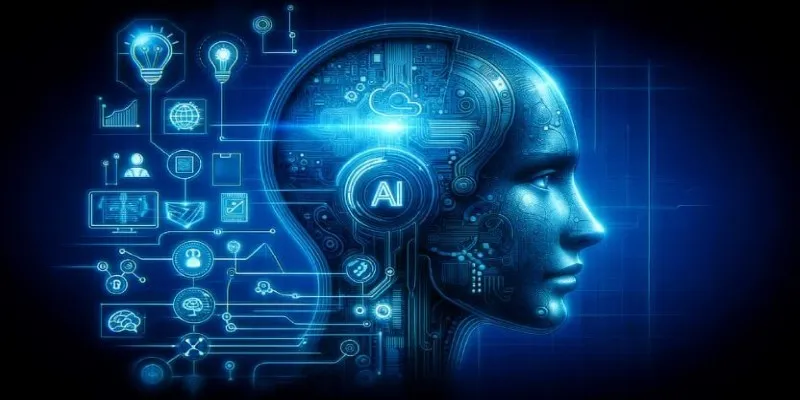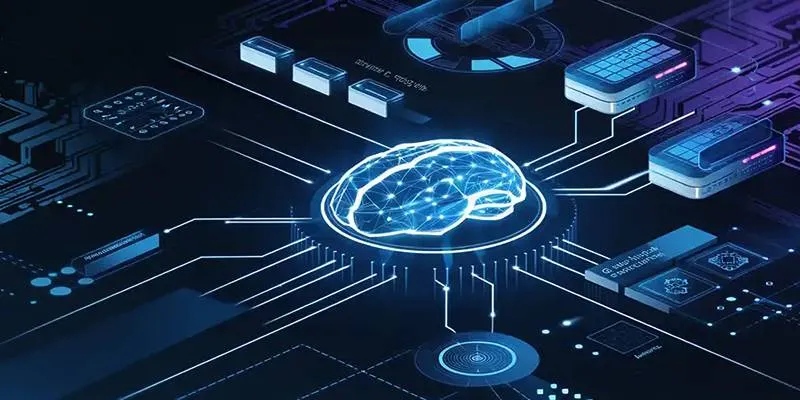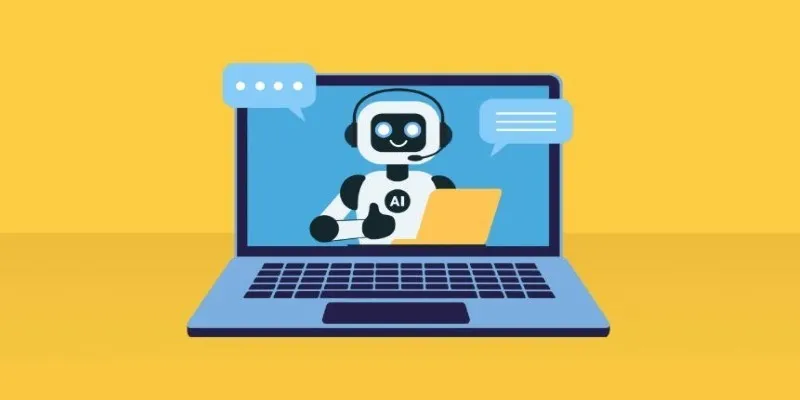ChatGPT has made headlines as one of the most powerful AI tools available today. It can write poems, explain complex theories, draft legal documents, and even code entire websites. With each new iteration—most recently GPT-4o—OpenAI’s chatbot has grown sharper, faster, and more convincing.
But for all its achievements, ChatGPT still struggles with one surprising category of problems: simple logic riddles.
Yes, the same AI that can simulate human conversation and perform complex reasoning can completely stumble on basic questions a child might solve. From spatial reasoning to common sense, these minor blunders reveal something deeper about AI’s current limitations. Below are 4 classic riddles or logical problems that ChatGPT still gets wrong—and what that says about how it works.
1. The Horse Racing Riddle

The Question:
There are six horses, and the goal is to determine which one is the fastest.
What is the most efficient way to do this?
The Obvious Answer:
Race all six horses at the same time and see who finishes first.
What ChatGPT Does Instead:
ChatGPT tends to overcomplicate this riddle. In many instances, it responds by
dividing the horses into smaller groups—often two groups of three—and suggests
racing those subsets first. It then recommends taking the winners of those
initial races and racing them against each other.
The rationale seems logical on the surface. It minimizes the number of races if, say, only three horses can run at a time. But that’s not what the question asked.
There is no mention of track limitations, horse stamina, or race constraints. It’s a straightforward problem. What is the best way to determine the fastest horse? Put all six in one race and let them run.
Why ChatGPT Fails:
The AI introduces unnecessary assumptions. Instead of treating it as a fresh
scenario, it relies on patterns from similar problems—like the classic “25
horses, 5 tracks” puzzle, which does involve constraints. ChatGPT
effectively imposes rules that were never stated.
2. The Farmer, the River, and the Three Compartments
The Question:
A farmer needs to transport a wolf, a goat, and a cabbage across a river. He
has a boat with three secure, separate compartments. The wolf will eat the
goat, and the goat will eat the cabbage if left unsupervised. What should the
farmer do?
The Obvious Answer:
Load all three items into their separate compartments in one trip. Problem
solved.
ChatGPT’s Common Mistake:
Rather than recognize the new information—that the boat has three secure
compartments—ChatGPT often falls back to the classic version of the riddle. In
that version, the farmer can only take one item at a time and must make
multiple trips across the river.
ChatGPT thus gives an outdated solution: take the goat over first, return alone, take the cabbage, return with the goat, etc. This response is overcomplicated and completely unnecessary with the new condition.
Why ChatGPT Misses the Mark:
It’s likely the AI has been trained on thousands of variations of this classic
puzzle, most of which do not include the three-compartment detail. Because it
has seen the familiar structure before, it defaults to a pre-learned solution
instead of reevaluating based on the exact wording of the new problem.
3. The Apples in the Basket Riddle
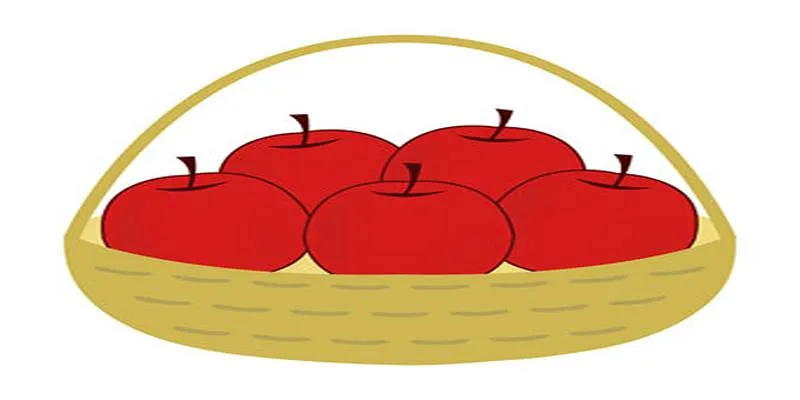
The Question:
You have five apples in a basket. You take away three apples. How many apples
do you have?
The Correct Answer:
You have three apples—because you took them.
How ChatGPT Usually Responds:
ChatGPT often interprets this as a subtraction problem. It may say:
“There are two apples left in the basket.”
Which is technically true—but not what the question is asking.
The riddle isn’t asking how many apples are left in the basket; it’s asking how many you have, which are the three you took away. The language is subtly tricky, but it’s a basic comprehension test.
Why This Trips Up ChatGPT:
It is a classic case of overgeneralization. ChatGPT sees the structure “5
apples – 3 apples = ?” and leaps to an arithmetic conclusion, assuming the
question is about what remains. It fails to fully consider the phrasing and
context—especially the use of “you have” vs. “are left.” It reveals how the
model sometimes prioritizes mathematical form over contextual logic,
especially in short, ambiguous word problems.
4. The Light Switch Mystery
The Question:
You’re standing in front of three switches. One of them is in charge of a
light in the next room—you can’t see the bulb from where you are. You can
change the switches in any way you want, but you may only enter the bulb room
once. How can you figure out which switch controls the light?
The Obvious Answer:
Turn on the first switch and leave it on for a few minutes. Then, turn it off
and turn on the second switch. Now, walk into the room.
- If the light is on, it’s the second switch.
- If the light is off but warm, it was the first switch.
- If the light is off and cold, it’s the third switch (the one you never touched).
ChatGPT’s Common Mistake:
ChatGPT often misreads the one-entry constraint. It may suggest flipping
switches one at a time, checking the bulb after each, or using trial and error
across multiple visits—completely ignoring the rule that you can only enter
the room once.
Why ChatGPT Misses the Mark:
This riddle blends logic with physical intuition—specifically, the idea that a
bulb stays warm after being turned off. That kind of real-world cause and
effect isn’t something ChatGPT intuitively grasps. The model looks for textual
patterns, not physical clues, and so it misses the simple trick that solves
the puzzle in one move.
Conclusion
ChatGPT is a groundbreaking tool. It’s excellent at brainstorming, summarizing, writing, coding, and so much more. But as these simple riddles demonstrate, it isn’t infallible. It simulates intelligence but does not truly “understand” the way a human does. For users, the lesson is clear: ChatGPT is a tool, not a truth engine. It can assist, inspire, and even teach—but it should not replace critical thinking or common sense. Even in a world of advanced AI, sometimes the simplest logic remains purely human.
 zfn9
zfn9
